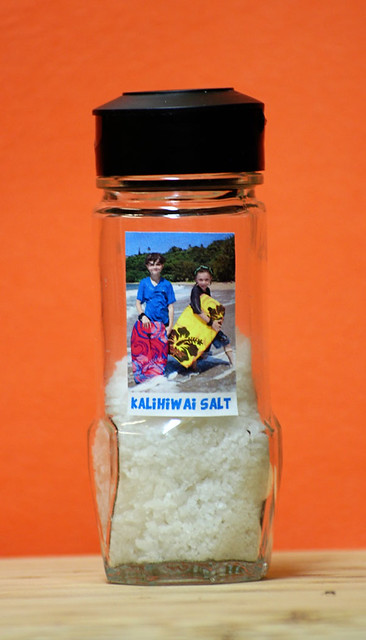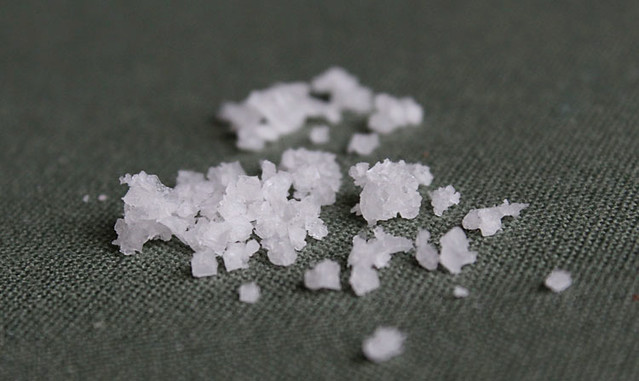
It's already fall and I haven't posted for more than a season! Things got a little bit out of hand here with all summer activities, travels, volunteering, designing a new blog, and beginning of school. So I had to take a forced break - but not at all of cooking or developing recipes.
Darienne was the brave one who managed to post a wonderful thing in the middle of summer, a souvenir from Hawaii. And then, that was it. But then, faster than I thought, October arrived. Silently and not even the deciduous trees know it yet. Here in the San Francisco South Bay Area the weather is still on dog-hot days. And I needed to bake.
Yes, because above all, Autumn is, for me, is the baking season. I like to test new recipes, create my own, bake with the seasonal ingredients and... have a quiet baking morning while surfing the web sipping nice Italian coffee. So, in total disregard of the outside temperature, I wen there and baked my first seasonal bread: this time, with Jewel Yams.
The result of my experiment - based in one recipes from the web and one from my library- was moist, flavorful and silk-textured bread, perfect to eat for breakfast and to perfume the home wit its spices. I shared slices with friends, and kids suggested that I should cover it with dark chocolate. Which I will do soon for Halloween treats. It looks like it will be a wonderful combination.
Jewel Yam Bread
It's a very free adaption of Epicurious recently published Sweet Potato Bread with Caramel and Aleppo-Spiced Pecans and a Brazilian traditional recipe.
1 medium jewel yam, baked and puréed (to make about 1 cup purée)
1/2 cup apple juice (I think orange juice would work as well)
2 large eggs
3/4 cup vegetable oil
1/2 cup coconut palm sugar
1/2 cup light brown sugar
1 teaspoon vanilla extract
1 teaspoon Korintje cinnamon (my favorite, but any good cinnamon will do)
1/4 teaspoon cloves
1/4 teaspoon nutmeg
1 1/2 cup all purpose non bleached flour
1 teaspoon baking powder
1/2 teaspoon baking soda
1 cup chopped walnuts (save a few to top the loaf)
Line a loaf pan with parchment paper (or grease it and flour it). Preheat oven to 325 F. In a bowl whisk jewel yam purée, apple juice, eggs, oil, sugars, vanilla and spices up to a very creamy and well blended mix. Add flour and baking powders on top and whisk again lightly on the surface to mix. With a spatula integrate the flour to the wet mix on the bottom. When mixed let it rest for about 5 minutes. Then add walnuts and finish mixing with spatula. Top with some whole walnuts if you like, sprinkled with sugars. Transfer batter to pan and bake it for about 50 to 75 minutes or up to when it is golden on the top and a knife comes out of it clean.




























